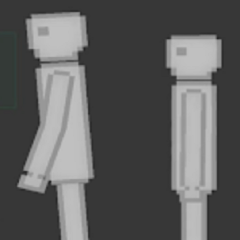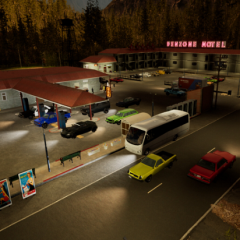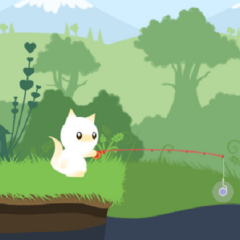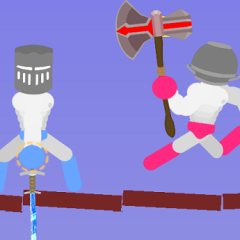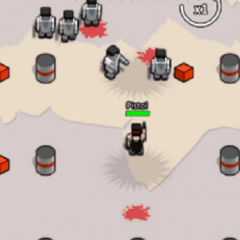Daily Lives of My Countryside presents a small rural town as the main stage for its story. The player follows Callum, a man who returns home after living in the city for several years. The town becomes both a setting and a character—its people, routines, and spaces shape the flow of the game. There is no central conflict or dramatic mission. Instead, the story unfolds through everyday decisions, where work, rest, and conversation form the rhythm of progress. Each in-game day repeats the same structure but allows small changes that reflect how the player chooses to live within the community.
Core Gameplay and Time Management
The design of Daily Lives of My Countryside is built on daily planning. The player decides how to divide limited time between farming, social interaction, and exploration. Some activities advance relationships, others improve resources or unlock new areas. Energy depletes with each action, forcing careful pacing. As days pass, the player learns the habits of local residents and the schedule of recurring events. The town operates on a continuous cycle—shops open and close, people move between locations, and certain interactions only appear during specific hours. This cycle forms the game’s structure and replaces traditional level progression.
Social System and Interactive Choices
Relationships serve as the foundation for narrative growth. Every interaction contributes to how the community views Callum and how new opportunities emerge. The game includes various dialogue paths and branching choices tied to trust and familiarity.
The social layer features:
· Distinct relationship meters for each character.
· Unique events unlocked after reaching specific trust levels.
· Choices that modify conversation outcomes and open new storylines.
These systems make the town feel reactive. The more the player invests in others, the more the world expands, giving meaning to repeated interactions and daily decisions.
Technical Elements and Design Layout
Daily Lives of My Countryside runs on a 2D role-playing framework typical for story-driven simulation games. The world map connects farmlands, houses, and town squares through simple navigation, while the interface emphasizes accessibility over visual complexity. Menus for time, items, and relationships are integrated directly into gameplay without pausing the simulation. Background audio changes with weather and time, marking transitions between morning, afternoon, and night. Technical updates focus on smooth performance and compatibility across devices, ensuring a consistent experience for all players.






